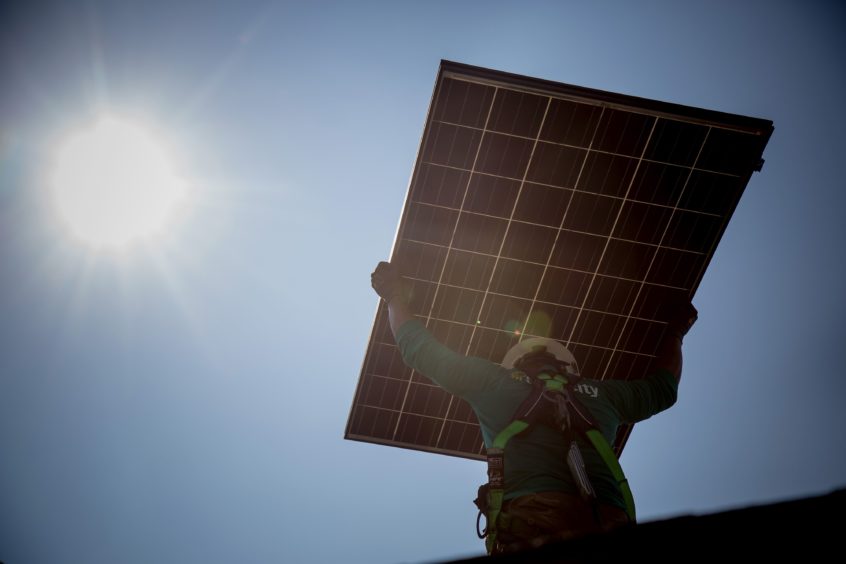
Headlines in 2022 were once again dominated by the commitment being made by many countries towards cleaner sources of energy. While there are manifold programs relating to renewable energy projects, a number of reports have indicated net-zero targets will be missed unless drastic actions are taken.
For example, the World Energy Outlook (WEO) 2022, prepared by the International Energy Agency (IEA), highlighted the need for a huge increase in energy investment to get on track for net-zero emissions by 2050, and to reduce the risk of energy price spikes and volatility. Similarly, DNV’s Energy Transition Outlook forecasts that the UK will not meet its legally binding ‘Net Zero by 2050’ target and fall short of its commitment under the Paris Agreement. Both reports include technology innovation and enhanced public support of demonstration projects in the 2020s as key factors to close the gap between current pledges and those required to meet the targeted trajectory.
Developers in the energy sector that are aiming to meet this challenge are rightly looking to intellectual property (IP) to secure funding to prototype and scale their technology at pace. IP can provide both an opportunity and risk when conventional energy companies expand into renewable markets. Weak IP may not be fit for purpose in a new market, and third party IP may pose a threat to commercial goals. However, robust IP rights and competitor monitoring can help to identify opportunities, attract new customers and partners, and secure a company’s share of a new market.
While most companies have an understanding of the key players, IP rights and risks within their current market, a new or changing market is often a relative unknown and can pose more of a threat with the increased sense of urgency required to tackle climate change. Third party IP rights can reduce the profitability of a planned expansion if licences are required and threaten commercial activity. It is critical companies entering a new market spend time to understand the IP landscape and its impact on their commercial plans. Freedom to operate (FTO) is the ability of a company to operate free from the impediment of third party IP rights. FTO searches and reviews can be a powerful tool in identifying, quantifying and ultimately mitigating the risk posed by third party IP rights.
IP rights are territorial rights, meaning they are tied to a specific geography. IP strategies will typically focus on obtaining IP rights in key territories and companies may have IP rights concentrated in certain territories. As companies look to develop their offerings in the race to net zero, it may be necessary to update their IP filing strategy to make sure it is fit for purpose.
With increased scrutiny and activity comes increased legal activity. We have seen evidence of this over the past 12 months and expect that trend to continue across the energy sector in 2023. As more disputes are decided, the legal landscape changes alongside the commercial one. There have already been important decisions in the US and the UK relating to territorial scope of patents in relation to offshore wind farms and companies – and their legal representatives – need to stay on top of these developments to make sure they aren’t caught out in the months ahead.
Careful planning and management of IP strategy can not only reduce uncertainty and risk, but also assist a transition into new markets. Protecting innovations forms an important part of a company’s business strategy, and companies with innovative technologies who utilise IP systems thoughtfully will be well positioned to form part of the energy transition and close a gap between net-zero targets and current projected trends.
Recommended for you
